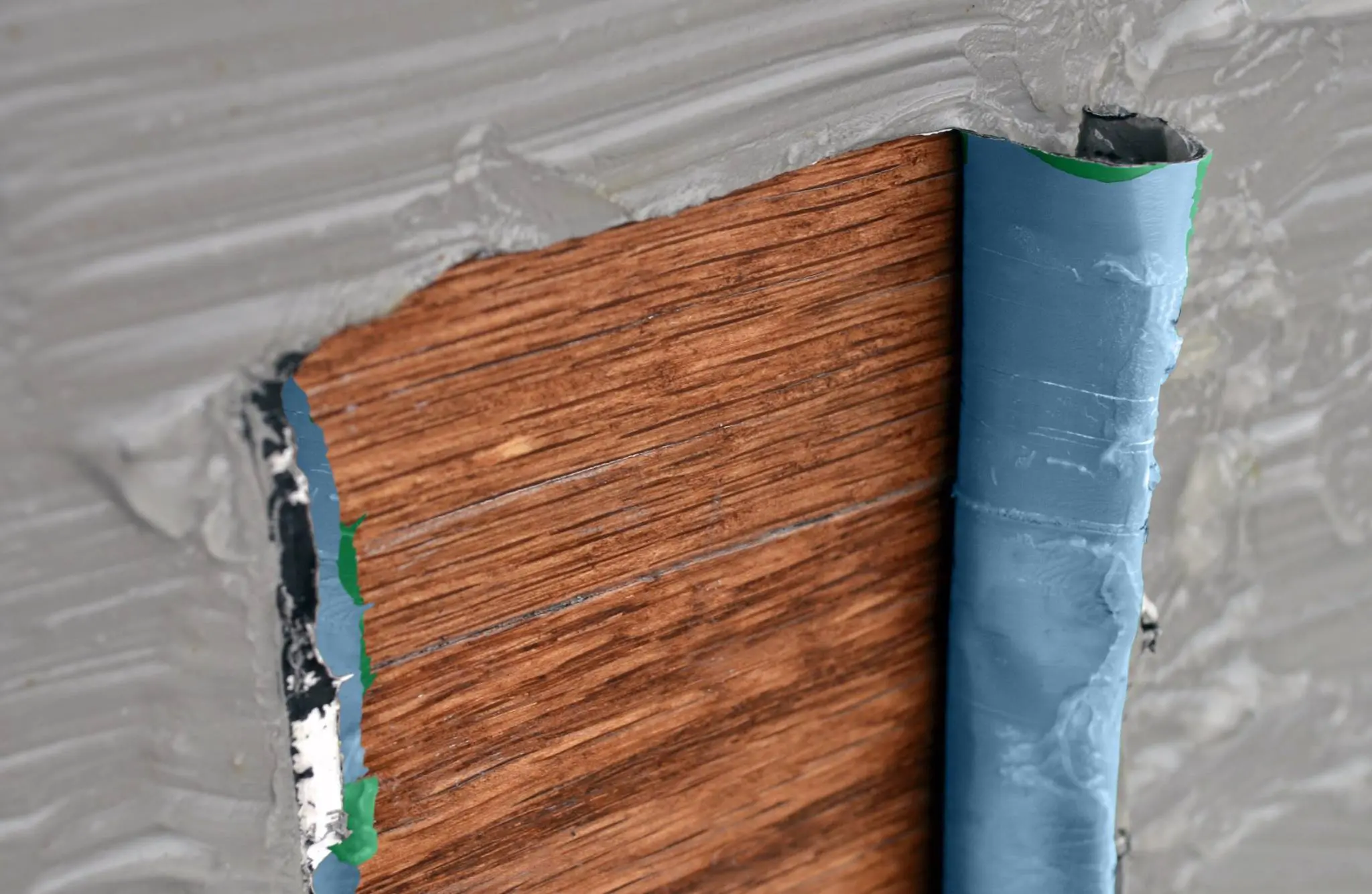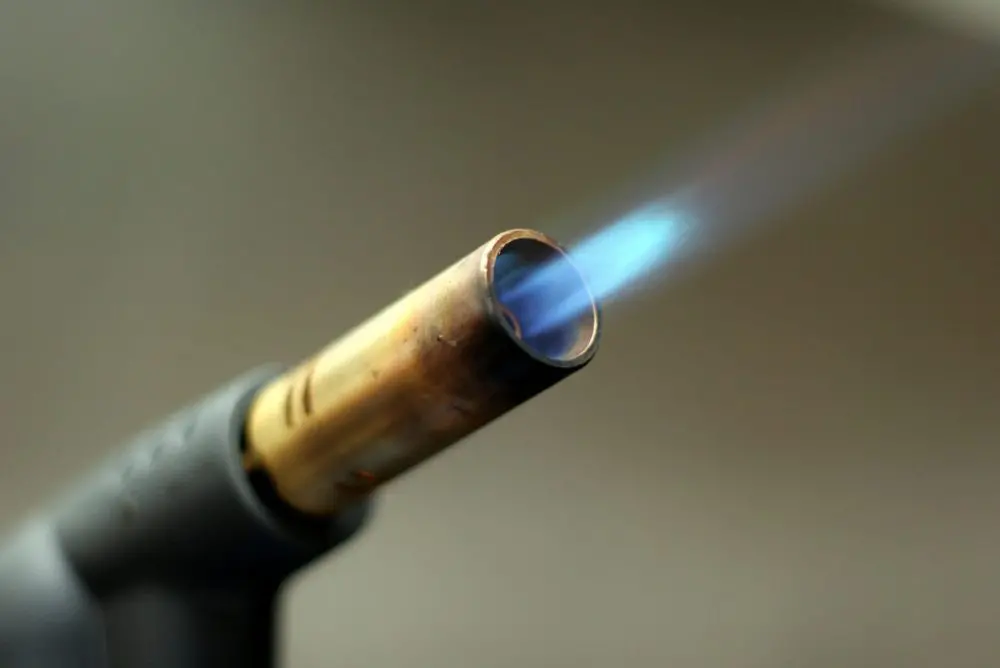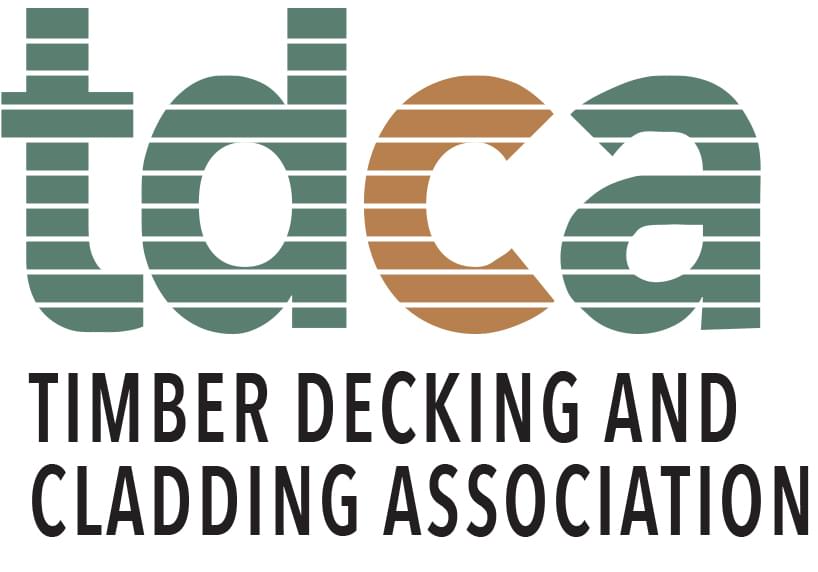We often get asked how to strip paint from wood, so here is all the information you need to know about what to use and how to use it.
Firstly, you need to decide how you would like to remove the paint.
There are a few different ways in which you can remove paint
Each of these ways come with their pros and cons. Some are cheaper than others, some are easier to do. Really it comes down to personal preference, but we are here to give you all the information you need to help you decide!
Sanding
Sanding can be very effective if done right. There are 2 ways in which you can sand. 1 is to do it by hand and the other is to use an electric sander.
Hand Sanding
Hand sanding is fine to do if you want total control and are only removing a single, thin layer of paint.
To hand sand, you need to start with a coarse sandpaper, then move on to medium and then finally a fine grade to finish. Only using a coarse type of paper means you will eventually end up damaging the wood below once you have got down to it. Likewise, using a fine sandpaper will mean you will be sanding for a very long time, get nowhere and you will eventually give up as you won’t be able to get down to the wood below.
The second type of sanding can be achieved by using an electric sander.
Electric sander
An electric sander is a lot easier than hand sanding, however, it has its flaws.
An electric sander can only really be efficiently used for medium-sized projects where the surface is relatively flat. Although you can buy sanding pieces in a wide variety of types and coarseness, buying all the bits you need can work out to be very expensive.
It is very easy to apply too much pressure with smaller bits and this can lead to uneven surfaces and gouges. This is something you really don’t want to encounter! Correcting this type of damage is hard work and again, can be expensive.
If this is a route you would prefer, we recommend going slow and steady. Get a feel for the tool and the surface you are working with before diving in.
Tools & Protection
If sanding is the way you want to go, here’s a list of things you will need to get to be effective and safe;
Test to be sure there are no layers of lead paint
Lead paint was used on a variety of surfaces up until 1960. If you are working on something that predates this, it is highly recommended that you carry out a lead paint test. It is simple to do and can be purchased fairly cheaply both from online retailers such as Amazon and some D.I.Y stores – if you’re not sure, it’s always best to test!
You can learn more about lead paint from the British Coatings Federation.
If you choose to remove your paint via sanding, you need to be certain that it isn’t lead paint as inhaling the dust is extremely hazardous to health, especially young children and pregnant women.
Electric sander
There is a wide variety of sanders on the market. Circular sanding disks, sanding drum attachments, sanding belts etc. Be sure to research which is better for your particular project and get a variety of coarseness of sandpapers.
Attachment to contain dust
If you are using an electric sander, it is highly recommended that you use an attachment to collect all the dust. If you can work outside, we also recommend doing this. There will be a lot of dust generated in a short around of time, so containing it is very important. This will keep you safe from it, plus it makes clean up a lot easier!
However, if you are hand sanding and the item is small enough to be taken outside, we recommend doing so. If your project is large and cannot be taken outside, we recommend you put down a dust sheet inside to collect as much of the dust as possible. Once you are finished, simply fold the dust sheet into itself, tape down and dispose of.
Protective eyewear, face mask, coveralls (or at least a long sleeved t-shirt to stop the dust from irritating your skin)
We think it goes without saying but having dust flying around the room will irritate your eyes, your lungs, and your skin. You can pick all these items up for very little from all DIY stores.
Heat gun/blowtorch
Using these methods is a very popular way of removing paint, especially gloss paint from skirting boards and door frames.
Again, using these tools can be efficient but there are also some cons that make using this method risky.
Heat gun
Heat guns usually have one or two temperature settings, and the size/shape of the airflow can be adjusted normally by fitting different nozzles.
Before you begin stripping, it’s worth your while to get the feel of the heat gun. Don’t leave the gun in one place for too long and hold it at a constant distance from the surface. Try practicing on a piece of scrap wood if available.
Move the gun back and forth over a small area and the paint will then start to bubble and wrinkle. When it looks like this, it is then ready to be scraped off. If the paint is sticky and doesn’t easily lift off, put the gun back over the area and scrape again.
Blowtorch
A blowtorch tends to not give you as much control and you need to be very on the ball when operating it.
It works in a very similar way to the heat gun and the flame can be adjusted to give various sizes and temperature.
Problems with both
You can cause damage to the surrounding areas – carpets, walls etc
Using a heating method will not leave you with a completely clean surface ready to re-paint – you will still need to sand the surface after.
The fumes can leave you feeling lightheaded and nauseous if you do not have proper ventilation.
Leaving the gun/torch in one area for too long could spell disaster. Without proper precaution, you can easily set fire to the wood surface or even your house!
You could easily scorch the wood below, which isn’t necessarily a problem if you are going to be repainting the wood, but if your aim to use a finish such as an oil that will extenuate the beauty of the natural wood, having a big burn mark will not look very attractive.
Tools & Protection
If using a heat gun or blow torch sounds like it’s for you, there are some things you will need;
Heat gun
There are various brands on the market, however, they mostly all do the same thing. Most people opt to get one that has 2 settings so that they have more control over the gun.
Blowtorch
These are relatively cheap and most are available with an adjustable knob to control the size and heat of the flame.
Various scrapers
You may need a variety of sizes and styles of scrapers depending on what it is you are removing paint from. A flat surface may only require one type but if you are working on a door frame with lots of nooks and crannies, a variety will be necessary to get all the paint off.
Protective eyewear, face mask & coveralls
Using these tools is no joke and you should treat them with respect. Eyewear and face masks will help fumes, while overalls (or long sleeves) will protect your skin from the hot paint.
Good ventilation
If you are working indoors, this is a very important thing to do. Open as many doors and windows as possible so you can get the freshest air circulating around you. Getting light headed and dropping a blow torch is something you certainly want to avoid!
Test to be sure there are no layers of lead paint
Again, this is something you really need to know before you try any type of paint removal. A test kit can be purchased online and in some DIY stores.
Chemical Strippers
Chemical strippers are probably the most popular route for paint removal. They are easy to use and are relatively cheap.
There are various types of strippers on the market, so make sure you purchase one that is for use on paint rather than for a varnish or stain etc
Chemical paint strippers
These can be found in any DIY store and in a variety of quantity and for various layers of paint.
For instance, we have a stripper named DSP800, a powerful stripper capable of removing alkyd, acrylic, PU, Epoxy, Cellulose, RSE (semi-thick coating), RPE (thick plastic coating) and more. It’s a very strong stripper that can even remove 2-Pack paints and powder coatings without damaging the substrate.
Alternatively, we also have Dilunett, a solvent-free paint remover that is capable of stripping up to 8 coats in one application.
There are other products on the market that will remove 1-2 coats of paint, right up to ones that will remove 10+ coats of paint! Each one will work in different ways and will require to be left to work for a variety of time. Some will be minutes, some could even be 24 hours.
Tools & Protection
Dichloromethane (methylene chloride) free
Make sure you choose a stripper that is Dichloromethane/methylene chloride free. This is a nasty chemical that is very quick to work, but also very volatile and bad for your health, even in small levels of exposure. Some professionals will use it, but it is not recommended for your average D.I.Y-er
Scraper etc
Each brand of chemical stripper will require you to use different tools, but generally speaking, you will want a scraper (possibly in various sizes depending on your project), a bucket of water and scrubbing brush/pressure washer.
Protective eyewear, gloves, face mask & coveralls
Depending on the type of chemical you use will depend on how much protection you will need. Generally speaking though, you will usually want at least gloves.
Good ventilation
If you are working inside, this is a must. You do not want to get sick from the fumes created by these chemicals.
Test to be sure there are no layers of lead paint
This is still something that should be tested before you start the process. Test kits are easily available from online retailers such as Amazon and are not expensive.
Once your wood is free from paint, you are now ready to finish it! You have a variety of things to choose from, such as; paint, varnish, stain, lacquer and more!
So there you have it, our guide on how to strip paint from wood! If you have any other tips, tricks, or advice, please feel free to comment below and share!
Want to keep up with all things Owatrol? Why not follow us on social media? You can find us on Facebook, Twitter, Instagram and Pinterest at @owatroluk or at the hashtag #owatroluk

















I am restoring some old wooden deck chairs that have been stained/varnished. What is your best product?
Hi Peter,
To remove a stain from exterior wood we would recommend using Prepdeck – https://www.owatroldirect.co.uk/product/prepdeck/
It is a high-grade product specially designed for the removing of old solid and semi-transparent stains, unsightly grade stamps and more.
After using Prepdeck, you will need to use Net-Trol to neutralise the wood https://www.owatroldirect.co.uk/product/net-trol/ – this is an important step to take as it stops the active ingredient in the stripper from continuing to work.
Once these two things have happened, the wood is then ready to be completed with a finish of your choice.
There are a wide variety of finishes available, however, two of our most popular products are Textrol – https://www.owatroldirect.co.uk/product/textrol/ and Deks Olje D1 – https://www.owatroldirect.co.uk/product/deks-olje-d1/
I hope this was helpful.
Please feel free to contact us again should you require any further assistance.
All the best,
The Owatrol Team
I have an area of decking of about 22 sqm that has over the years been painted at least 3 times in different colours. Would like to strip the entire surface including balustrades and re – finish with a more natural cedar colour.
What would you recommend is the best way using chemical strippers.
Many thanks
Hi Ian,
Thanks for your query.
For stripping off multiple layers of paint we would recommend using Dilunett; https://www.owatroldirect.co.uk/product/dilunett-gel/ – it is powerful enough to strip up to 8 layers of paint in a single application.
However, you cannot use Dilunett on 2 pack or baked on paints, Polyurethane paint and varnish and it cannot be used on weaker woods such as veneers.
If your wood falls into any of these categories, we would then recommend using DSP 800; https://www.owatroldirect.co.uk/product/dsp-800-multi-purpose-stripper/ – a powerful Dichloromethane free, multi-purpose stripper, for the removal of all coating types.
I hope this was helpful. Please feel free to contact us again should you require any further assistance.
All the best,
The Owatrol Team
Hi Owatrol Team, I’m planning to renovate a staircase. The plan was to use Deks Olje D1 and D2 on the horizontal surfaces once the previous paint had been removed. If I was to strip the paint using chemicals, would I need to neutralise the stripper before adding the olje? Kind regards, Anthony
Hi there Anthony,
Thank you for your query.
If you are using a stripper to remove the previous finish on your staircase, you will indeed need to neutralise the wood with Net-Trol after application.
I would also just like to add that Deks Olje D2 is not really recommended for use on horizontal surfaces that you would walk or stand on as the high gloss finish can make it slippery. If, however, you are planning on using it on something like you banister then this is absolutely fine.
I hope this was helpful. Please do not hesitate to contact us again should you require any further assistance.
All the best,
The Owatrol Team